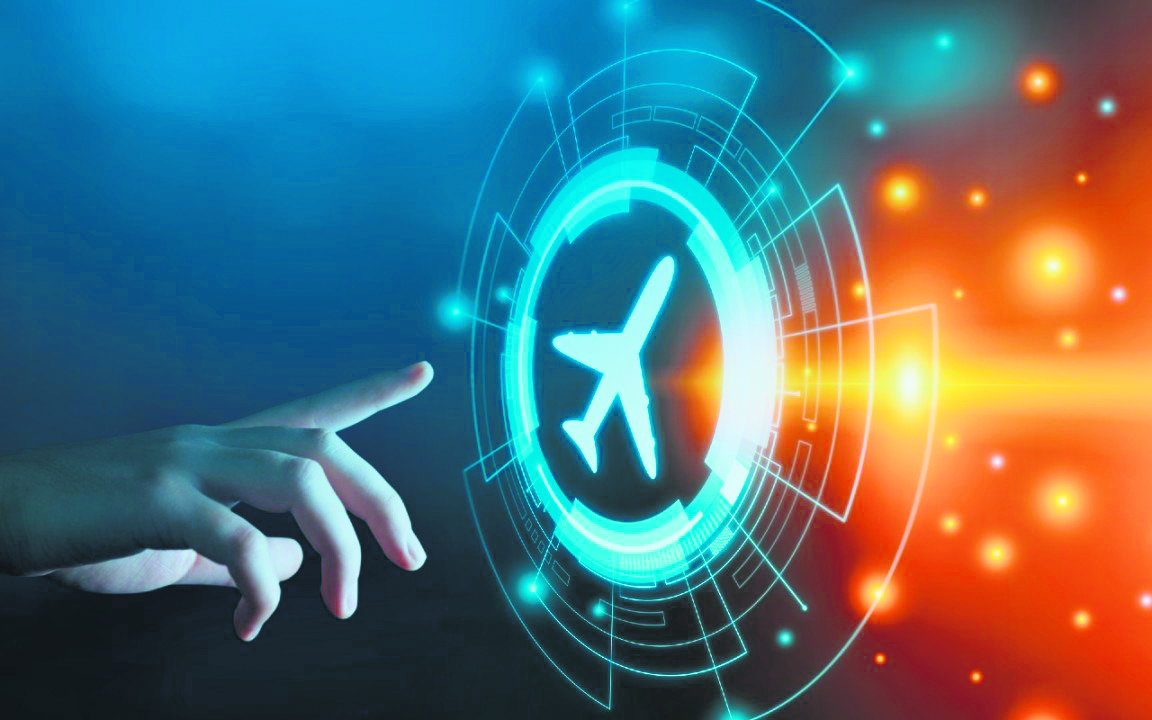
India’s journey of aviation has always been a testament to the progress and ingenuity spirit of the country. Every year we witness the remarkable technological advancements revolutionising diverse facets of the dynamic Indian industries. Making significant strides, the nation’s Aviation sector is poised for a holistic transformation with the advent of Avionics in the contemporary aerospace systems.
At the forefront of this aviation evolution, lies the envelope of Aviation technology that is set to redefine the possibilities of future exploration. There is absolute certainty that Avionics- the amalgamation of aviation and electronics is the cornerstone of modern aerospace systems, delivering advantages to both the commercial and defence aerospace sector.
In tandem with India’s ‘Atma-Nirbharta’ initiative, the inception of Avionics technology will be instrumental in reducing the dependence on imports in the aviation segment, which will culminate into accelerating the economy. By helping India navigate seamlessly amid the ongoing global geopolitical and economic uncertainties, Avionics has positioned the country to propel towards self-sufficiency.
Building Next-Gen Navigation Systems
Avionics which delves deep into the design, development and installation of electronic systems in the aircraft, has played a significant role in the development of autonomous navigation systems. Leveraging leading-edge sensors and unparalleled data processing capabilities, they enable aircraft to navigate autonomously, mitigating any human intervention, and simultaneously any possibilities of errors. Further by enhancing situational awareness, eliminating the risks of accidents, improving aircraft efficiency and providing an unmatched level of autonomy, these systems are pivotal for long flights, wherein communication delays can make real-time control a lost cause.
Integration of AI and Machine Learning (ML)
Avionics has brought the integration of AI and ML to the forum of the Aviation landscape. AI has significantly altered how aeroplanes navigate and operate, by opening doors to real-time adjustments and precise calculations that were considered impossible in the past. By rapidly analysing large amounts of data related to component failure, weather patterns, air traffic and much more, AI and ML provide pilots with the most optimised flight paths and predictive maintenance potential, revolutionising efficiency, and safety, unlocking the gateway to enhanced exploration.
Evolution of Autonomous Flight Systems
Amid the increase in air travel, with people readily indulging in world expeditions, the Aviation sector is witnessing abundant pressure on pilots, complex air traffic and reduced availability of flights. However, Avionics has paved the way for Autonomous Flight systems, which involve automating various cockpit functions from landing, and takeoff to taxiing, allowing reduced pilot intervention, and saving both time and human resources. In-built with data sensors that acquire data related to radar, weather, turbulence, and other factors they allow for a seamless flight experience with expedited response.
Advanced Communication Mechanism
The launch of Avionics has accelerated technological progress in the Aviation industry, especially when it comes to advanced communication mechanisms. These technologies can analyse Radio Frequencies signals and predict signal degradation, being extremely useful in areas with congested airspace or poor RF signals, whilst ensuring communication mechanisms’ adaptability in real-time to maintain clear connection. They also streamline communication protocols by carefully indicating the most efficient way to transmit data, mitigating communication latency which enhances overall functioning.
Avionics Technology and Sustainability
With almost every other facet of the Indian industries focusing on prioritising sustainability, the aviation sector has also joined the line. As Avionics technology leverages lightweight materials, it contributes towards reducing the weight of the aircraft, leading to decreased fuel emission and consumption. The industry is also exploring alternative fuels, which have a lower carbon footprint than traditional fuels. Furthermore, airlines and Avionics manufacturers have adopted sustainability initiatives such as recycling avionics equipment and making strides in the reduction of waste and conservation of resources.
Bottomline
The advent of Avionics technology is nothing short of game-changing, it is a testament to India’s dedication to capitalise innovation, safety, and efficiency on the horizon of the Aviation segment. Without any doubt, pioneering advances in the Avionics world will continue to reshape the possibilities of future exploration, bringing forth a revolution wherein all established boundaries will be crossed.